Pioneering Drone Tests Propel Advanced Air Mobility Forward
At NASA’s Langley Research Center in Hampton, Virginia, researchers have successfully conducted groundbreaking drone flights that could significantly impact the future of Urban Air Mobility.
In a remarkable display of technological advancement, multiple drones were flown autonomously beyond visual line of sight (BVLOS), navigating obstacles and coordinating with each other without any pilot or visual observer.
Overcoming Visual Line of Sight Challenges
The ability to fly drones beyond the line of sight where neither the vehicle nor the airspace is under direct human observation is a testament to years of research into automation and safety systems.
This test, which required special approval from both the Federal Aviation Administration (FAA) and NASA, marks a crucial step toward realizing the potential of self-flying air taxis.
Safer, More Efficient Testing Methods
NASA’s approach involves testing self-flying technology, initially designed for larger, passenger-carrying air taxis, on smaller drones. This method offers a safer and more cost-effective way to observe how drones avoid collisions with each other and various obstacles.
Helicopter Tests to Mature Autonomy
In addition to drones, NASA is employing helicopters to test elements of automation technology. These stand-in aircraft are crucial to maturing autonomy technologies before the integration of self-flying air taxis into urban skies.
Managing High-Volume Air Traffic
Lou Glaab, branch head for the aeronautics systems engineering branch at NASA Langley, highlights the importance of ensuring that automation technologies can handle the high volume of air traffic expected around vertiports, which are take-off and landing sites for air taxis.
These vertiports could be located near airports or within communities, necessitating robust and reliable automation systems.
Advanced Testing with ALTA 8 Drones
The team utilized ALTA 8 Uncrewed Aircraft Systems (UAS) for multiple NOVO-BVLOS flights. The drones were equipped with software capable of handling airspace communications, flight path management, and collision avoidance, among other critical functions needed for operating in busy airspaces.
Vision of Advanced Air Mobility (AAM)
This research is integral to the concept of Advanced Air Mobility (AAM), which envisions a future where drones and air taxis operate simultaneously and routinely. The project’s success in testing these technologies in close proximity to airports and urban environments demonstrates the feasibility of AAM in real-world scenarios.
Technology Transfer to Public Sector
A key aspect of NASA’s mission is transferring newly developed technologies to the public domain. This ensures that industry manufacturers can access and incorporate these advancements into their vehicle designs, significantly benefiting the industry.
Notable Technologies: ICAROURS and Safe2Ditch
The project utilized NASA’s ICAROURS software, providing autonomous detect-and-avoid functions, and the Safe2Ditch system, enabling autonomous emergency landing decisions. These technologies are vital for maintaining safety in airspace and during unforeseen in-flight emergencies.
High Density Vertiplex Project
The High Density Vertiplex project, under NASA’s Advanced Air Mobility (AAM) mission, focuses on testing and evaluating future vehicle operations at vertiports. The project aims to understand the technological advancements needed to facilitate high-frequency take-offs and landings at these sites.
(Image: An Alta-8 small Unmanned Aircraft System testbed vehicle flies above NASA’s Langley Research Center in Hampton, Virginia. Flying beyond visual line of sight from observers on the ground required special approval from the Federal Aviation Administration and NASA. Photo Credit: Bowman)
For more information, visit www.nasa.gov.
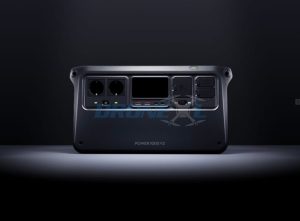
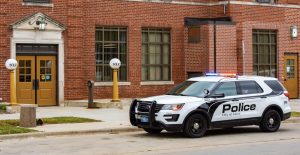


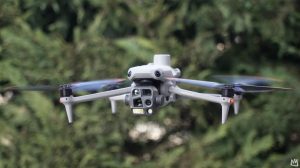

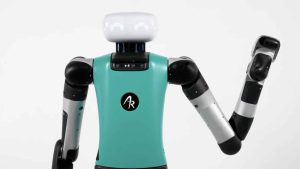
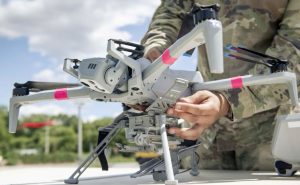







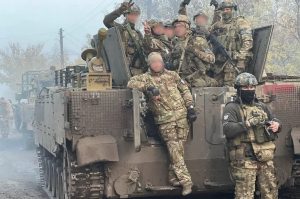

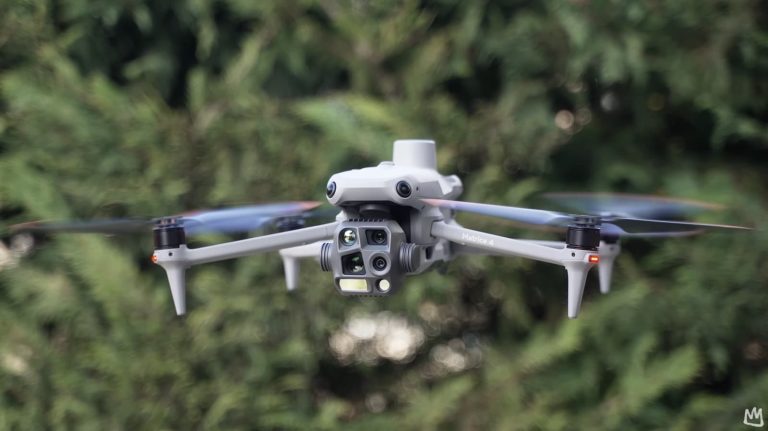

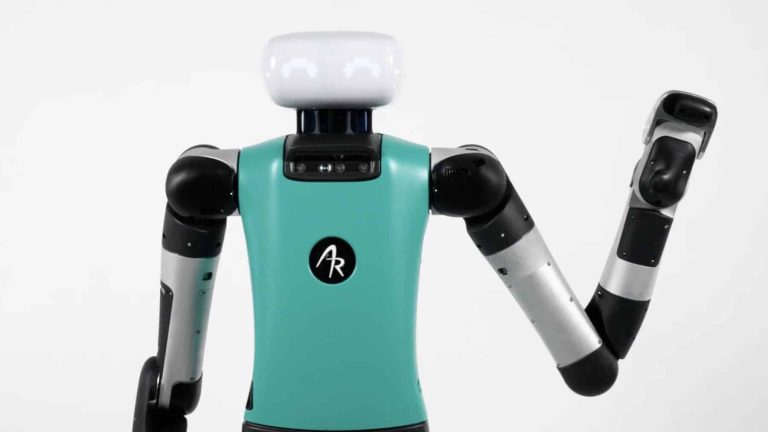

+ There are no comments
Add yours